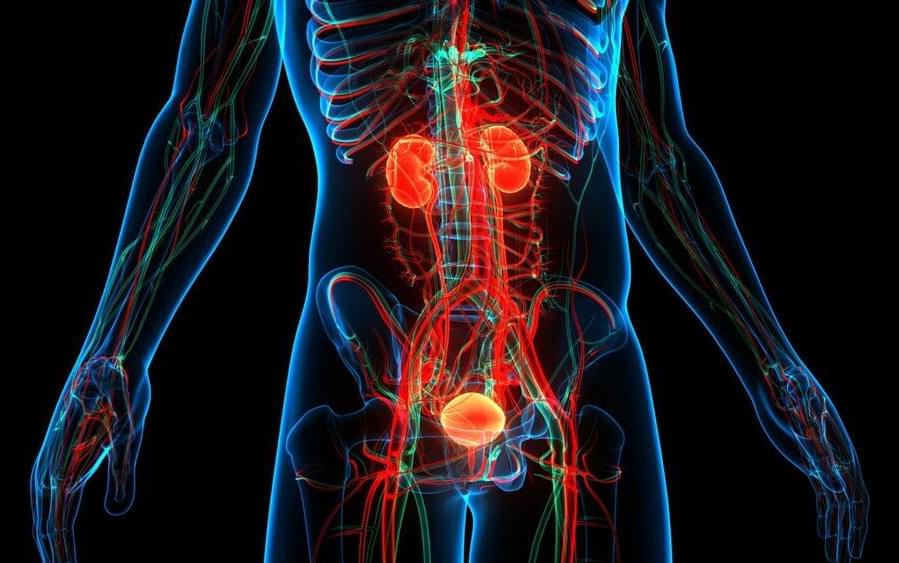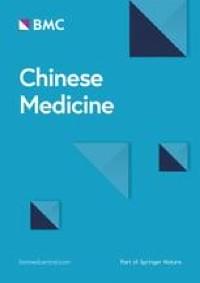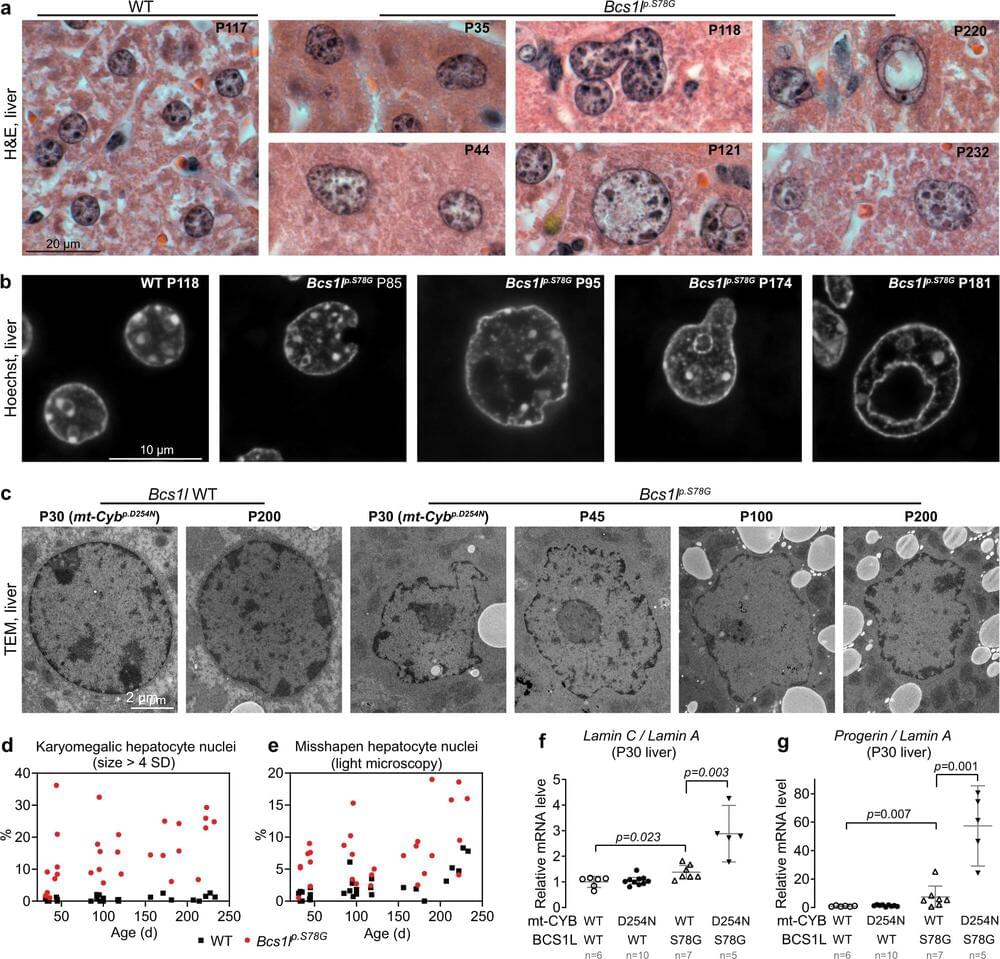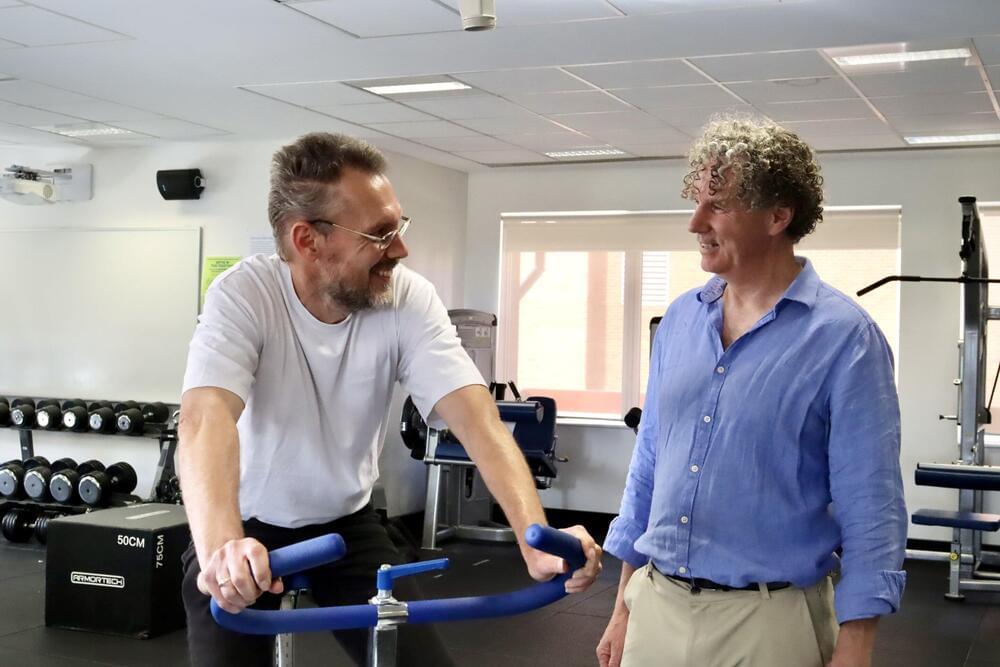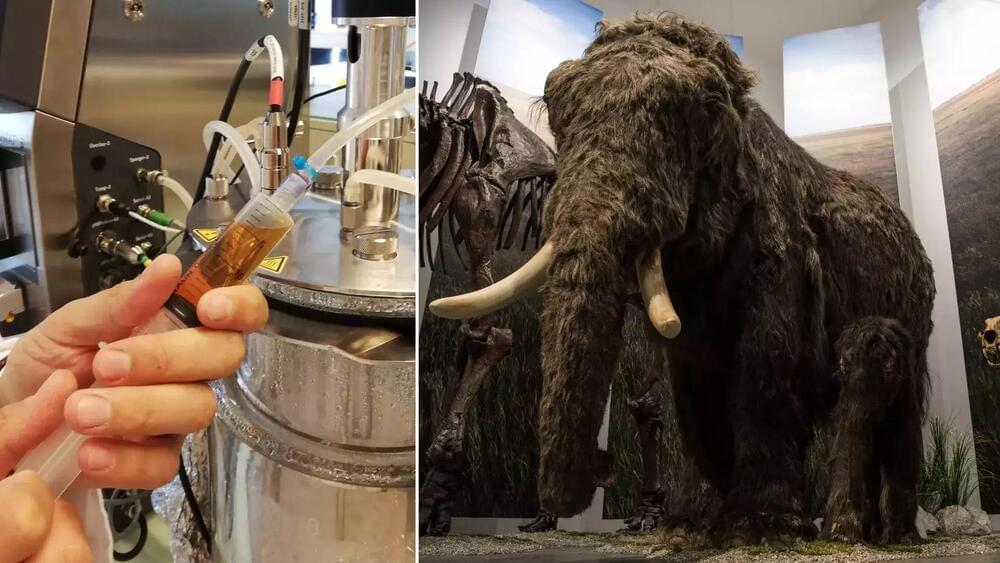For the first time in human history, doctors will transplant a human bladder from a deceased person to an alive patient using surgery robots.
A team of urologists at Keck Medicine of the University of South California (USC) is conducting a clinical trial that will soon lead to the first-ever bladder transplant operation in humans. The doctors are currently in the process of selecting participants for their trials.
If successful, such operations would provide relief to millions of people around the globe who live with bladder-related disorders.
Georgiy Datsenko/iStock.
